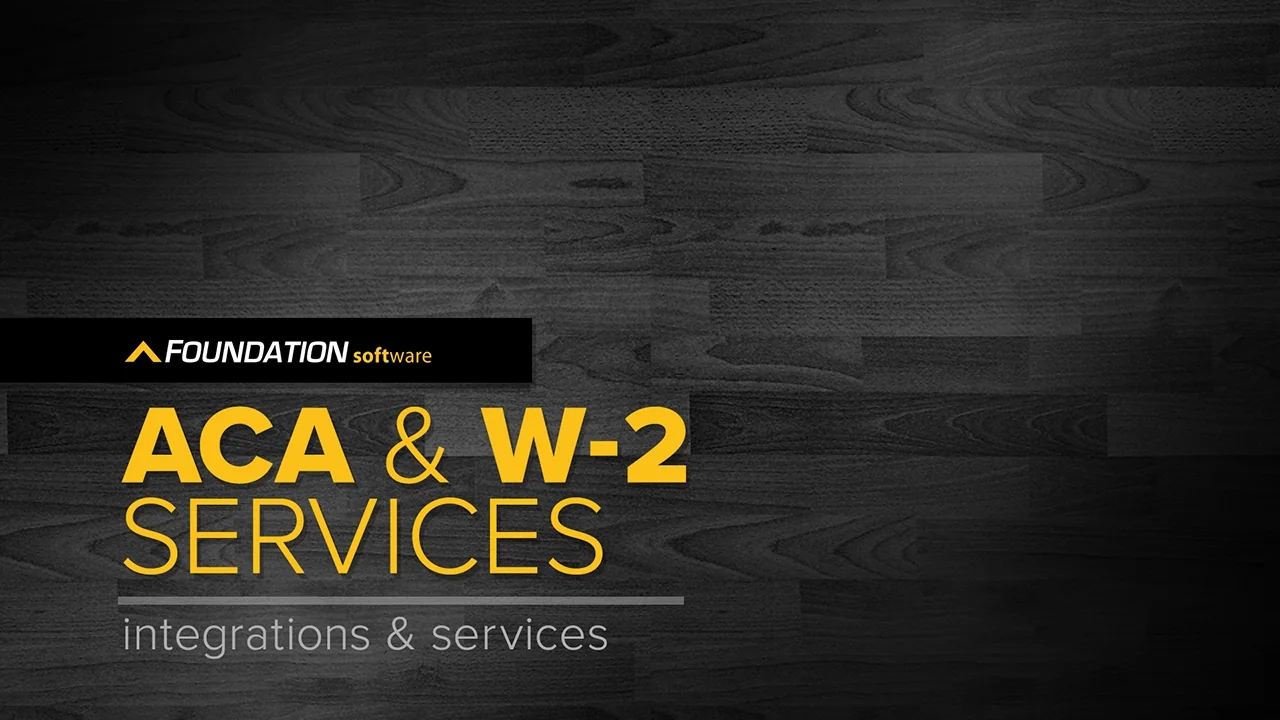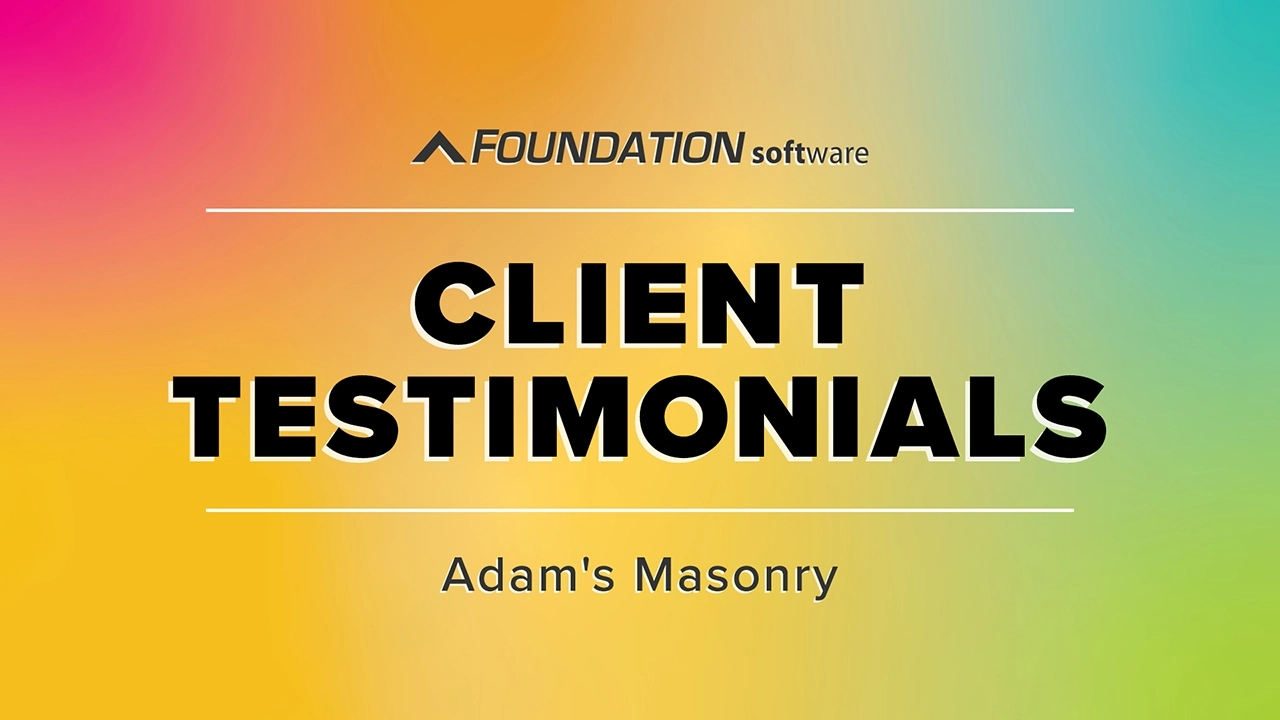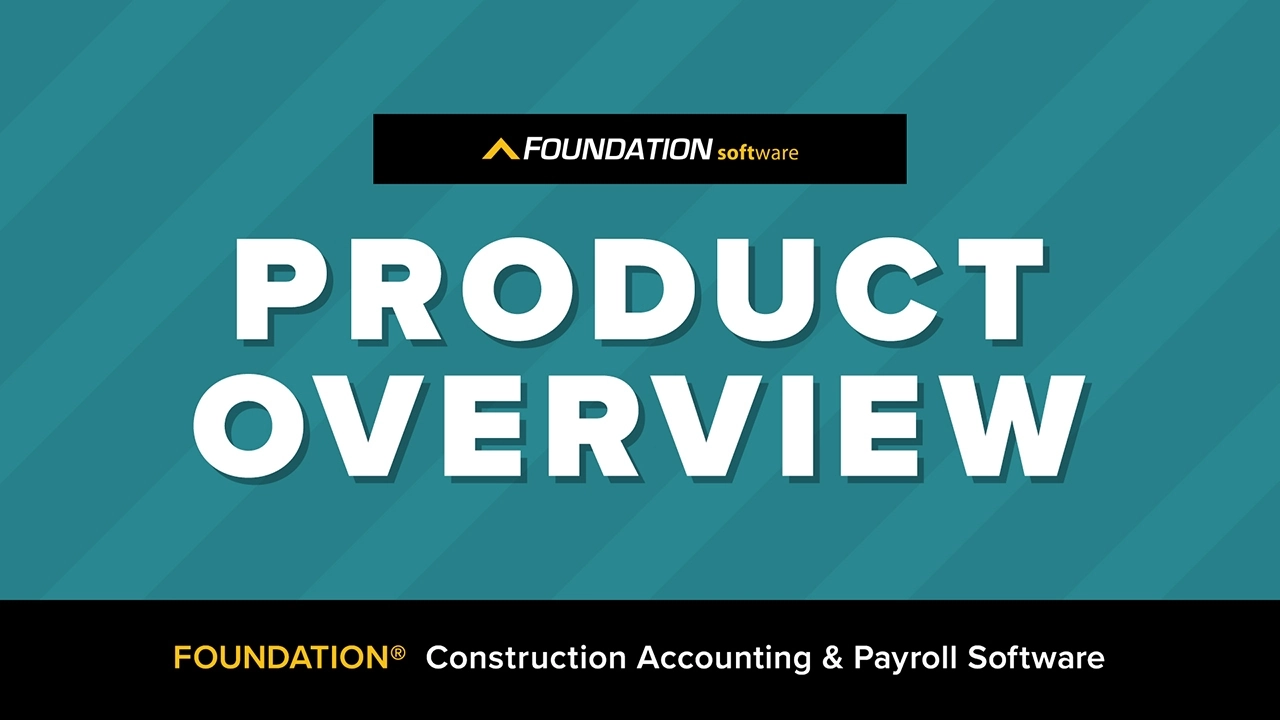
In a perfect world, contractors could select just one construction software product from one vendor to run all aspects of their business:
- Estimating
- Accounting
- Project management
- Scheduling
- And so on
In reality, many all-in-one enterprise software systems available today can be too expensive, complex, or functionally deficient to be of any real value to contractors.
Contractors continue to debate the merits of vertical, best-of-breed construction software solutions (such as stand-alone accounting, estimating, or project management applications) and horizontal, fully integrated enterprise construction software solutions.

Twenty years ago, technology experts predicted that stand-alone construction software products would be replaced by fully integrated systems—thinking a single software would solve all of a contractor’s business problems in a more efficient way.
Today, only a fraction of contractors, usually the largest, use a single, fully integrated system to manage their businesses.
An integrated system, while promising greater convenience, fewer overall technology costs, and efficient data sharing, has downsides for the average contractor. Expensive integrated software solutions may have more features than most contractors need.
Best-of-breed construction software systems, meanwhile, are designed specifically to excel in just a few applications. Providing rich functionality and sophisticated features, these vertical construction software solutions continue to gain ground among contractors despite the challenges of maintaining separate, often disconnected systems.
Key Takeaways: Choosing Your Construction Software Solution
- Best-of-breed solutions offer specialized functionality ideal for specific trades and smaller contractors.
- Integrated systems work well for larger contractors with substantial IT resources.
- Cost considerations should factor in both immediate expenses and long-term efficiency gains.
- Success depends more on matching software to your specific business needs than following industry trends.
- Integration capabilities between best-of-breed solutions continue to improve, offering flexible options.
Adding Construction Software As They Grow
Not many contractors would be willing to buy a whole new fleet of equipment when all they really need is to replace a few outdated models.
The same goes for their technology investments. Most contractors look for software solutions to help them improve productivity or efficiency in an area that is causing problems. Chances are, the problem is not widespread. They may be using one or more software applications to save time and solve problems in other areas of the business.
If employees know and use those applications efficiently, why would they want to replace them?
The Beard Construction Group
Such was the case at Beard Construction Group, a growing excavating and site work company located in Port Allen, La.
When Jim Beard and his partner, Keith Coleman, started the company in 2004, they purchased an estimating and bidding software product designed specifically for heavy construction. Their experienced staff of estimators already used the product extensively, and it was well-suited for their trade.
Within six months of starting the business, however, Beard Construction realized the basic off-the-shelf accounting system was incapable of keeping pace with the company’s rapid growth. “We saw that we had to have something more capable of handling the size company we appeared to be growing into,” Coleman says.
Beard sought the best accounting software to handle the company’s labor-intensive job costing and reporting requirements, as well as an upgraded system capable of integrating with the estimating system for greater efficiency and productivity.
Why didn’t Beard choose a fully integrated system from the start? Before launching the company, Coleman had negative experiences with enterprise systems, which included applications for accounting, project management, estimating, and other business functions.
“They were, in my opinion, somewhat complicated and required an IT department to support them,” Coleman says. “We spent a lot of time implementing new systems and getting the systems to function properly.”
Functionality Versus Shallow Features
HTH Companies
Likewise, HTH Companies, a mechanical insulation contractor based in Union, Mo., did not consider an integrated construction software system because of the unique requirements of its business.
According to Controller Susan Hellebusch, the company looked at a few products that offered combined estimating, accounting, and project management applications, but none contained the right functionality.
“Because we are a very specialized trade, it’s impossible to find something that has the specialized features we need without paying an exorbitant price,” she says.
Instead, HTH Companies uses takeoff and estimating software specific to mechanical insulation contractors and construction job cost accounting software designed for labor-intensive contractors that include basic project management software. Having separate software products that handle specific functions is a major benefit, Hellebusch says, not a liability.
“The real measurement of our technology success is the impact it has on overhead,” she says.
The fact that HTH Companies has added minimal support staff in the past six years—during which time the company has doubled in employee size and revenue—“is a good indicator that our software has the capabilities we need,” she adds.
Key Considerations for Your Decision
How does a contractor decide which software solutions will best serve the company? Is an à la carte best-of-breed solution or a buffet-style integrated system better?
Here are some key considerations:
- Cost: As with any business investment, costs must be balanced against benefits. In other words, three or four best-of-breed applications may cost more than one integrated system, but will higher functionality and time-saving efficiencies result in greater savings?
- Business risk: Fully integrated enterprise systems are riskier because they are less likely to meet all the requirements of a business. Contractors that choose to use best-of-breed solutions, however, need to consider the technical risks involved in keeping users trained and maintained on separate systems.
- Business processes: To successfully implement any software solution, contractors need to review current business processes and align them to work with a new system. This is especially critical with an integrated system because the implementation generally requires more resources than a best-of-breed solution.
- Integration and data sharing: While an integrated system should offer data-sharing advantages over disconnected software products, many so-called integrated systems are actually the result of larger companies acquiring specialized best-of-breed systems so they can claim to offer end-to-end solutions. However, many sophisticated best-of-breed products provide easy integration (and more data-sharing capabilities) with other vertical software products, thanks to open database structures and vendor collaboration initiatives.
- Usability: Rather than selecting a software product based only on features, functions, or integration capabilities, contractors must consider how easy and efficient the product will be to use. Unless end-users buy into the product, the solution has little chance of success.

The Construction Software: Best-of-Breed vs. Integrated Solutions
Despite how far contractors have come in leveraging construction software technology, the quest for greater productivity continues to drive innovation in both best-of-breed and integrated solutions. T
he evidence shows that success lies not in following industry trends but in choosing solutions that align with your company’s specific needs, resources, and growth trajectory.
While larger contractors explore fully integrated enterprise solutions, small and mid-range construction companies are finding success by creating customized end-to-end solutions through strategic implementation of best-of-breed construction software products.
The key is selecting construction software solutions that offer the functionality for your specific trade while maintaining the flexibility to integrate with other systems as your business grows.
*Published in Construction Executive
Share Article
Keep on current news in the construction industry. Subscribe to free eNews!
Our Top 3 YouTube Videos
Learn about our software more in depth with product overviews, demos, and much more!

Our ACA reporting & e-filing services include official 1094-C and 1095-C IRS reporting, optional e-filing (no applying for a TCC code required), mailing to your employees and experienced support to help you.

There are plenty of reasons to make FOUNDATION your choice for job cost accounting and construction management software — just ask our clients!

From job cost accounting software, to construction-specific payroll. Get an overview on your next all-in-one back-office solution.



